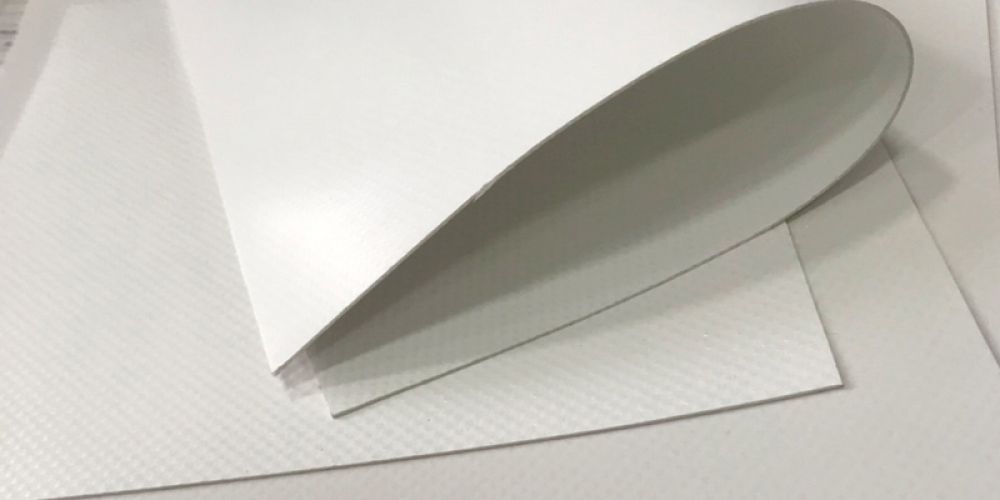PTFE Membrane vs. PVDF Membrane: Structural and Performance Differences
PTFE membranes and PVDF membranes exhibit significant differences in their internal structures and performance characteristics. The following sections elaborate on these distinctions in detail:
I. Internal Structure
PTFE Membrane
- PTFE (Polytetrafluoroethylene) is a linear-structured fluoropolymer composed of carbon atoms fully surrounded by fluorine atoms.
- Its internal structure features a highly porous fibrous network with tortuous pore pathways, enabling exceptional airflow and minimal fluid flow resistance.
- PTFE membranes typically possess asymmetric microporous structures:
- Pore sizes differ between the front and back surfaces.
- Cross-sectional pores are larger than surface pores.
- Longitudinal pores exceed transverse pores in size.
PVDF Membrane
- PVDF (Polyvinylidene Fluoride) is a semi-crystalline fluoropolymer consisting of alternating CH₂ and CF₂ monomers.
- Its internal structure varies with manufacturing methods but generally exhibits more uniform and symmetric pore configurations compared to PTFE membranes, granting advantages in precision filtration applications.
II. Performance Characteristics
1. Chemical Compatibility
- PTFE:
- Exceptionally chemically inert and heat-resistant.
- Resistant to nearly all known chemicals.
- Stable across a broad temperature range (-80°C to +260°C).
- PVDF:
- Compatible with a wider range of solvents and chemicals than PTFE.
- Slightly inferior thermal stability compared to PTFE.
2. Hydrophobicity
- PTFE: Highly hydrophobic, effectively repelling water molecules. Ideal for waterproof, breathable materials.
- PVDF: Moderately hydrophobic, suitable for applications requiring controlled water permeability.
3. Pore Size & Filtration Efficiency
- PTFE:
- Broad pore size range (0.02 μm to 15 μm), adaptable to diverse particle/molecule filtration needs.
- Air filtration efficiency reaches 99.99% with near-zero emissions.
- PVDF:
- Smaller pore size range but superior precision filtration due to uniform, symmetric pore geometry.
4. Biocompatibility
- PTFE: Demonstrates good biocompatibility for medical applications but is slightly inferior to PVDF.
- PVDF: Higher biocompatibility, making it preferable for biomedical uses.
5. Cost
- PTFE membranes are generally more expensive than PVDF membranes, reflecting their superior performance and broader application scope.
Conclusion
PTFE and PVDF membranes each offer distinct advantages:
- PTFE excels in chemical stability, hydrophobicity, and high-temperature resistance, making it ideal for waterproof/breathable materials, filtration, and medical applications.
- PVDF shines in precision filtration and biomedical fields due to its balanced chemical compatibility, moderate hydrophobicity, and uniform pore structure.
The choice between these membranes should be guided by specific application requirements and operational conditions.
